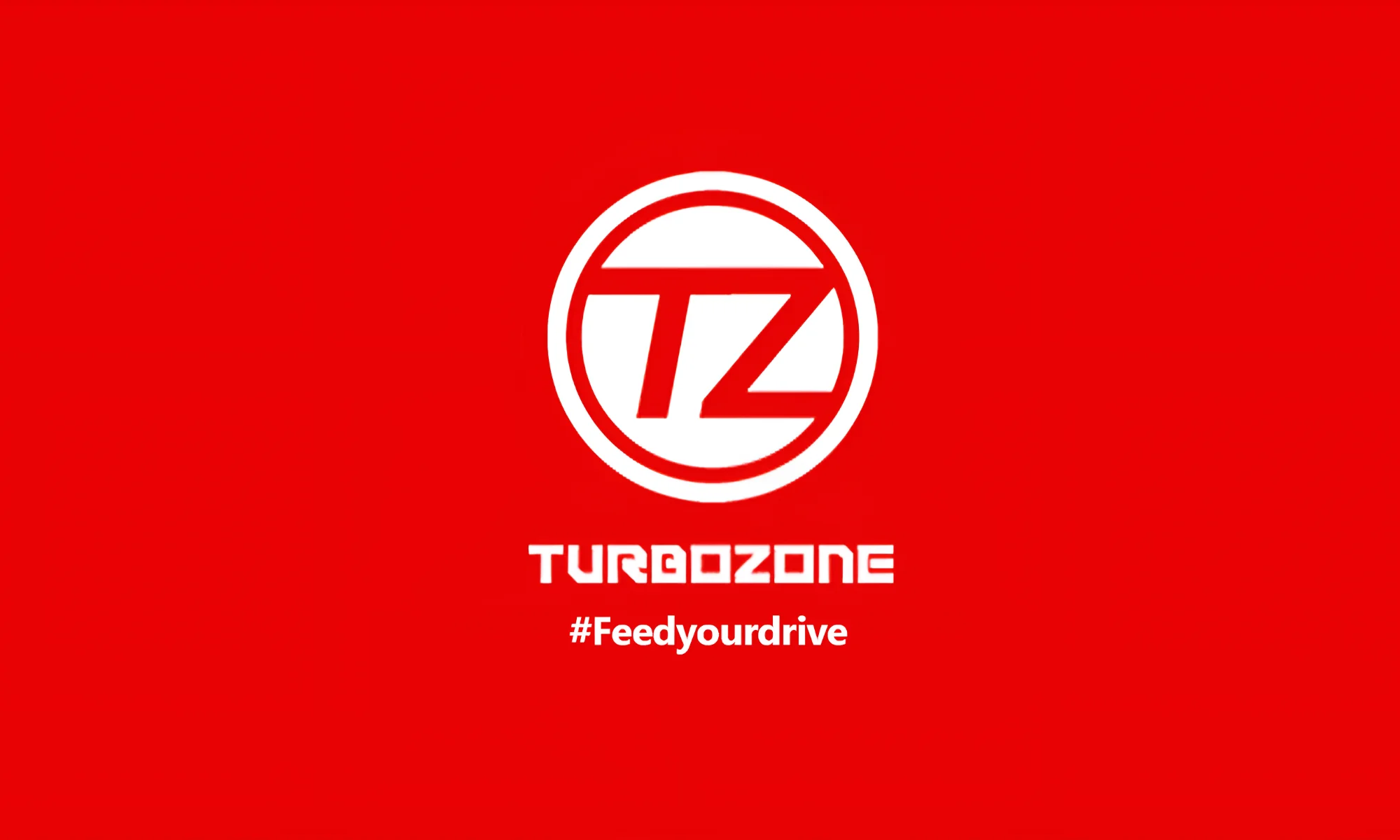We have seen gearheads posting photos of their new rides — no matter how unimpressive or downright unattractive they are — on their Facebook pages.
We wonder if Facebook co-founder, chairman and chief executive Mark Zuckerberg will post his upcoming supercar. Rumors have it that the young billionaire ordered a Pagani Huayra to replace his Volkswagen Golf GTI.
Two days ago, the Italian brand was officially launched in North America, making this speculation plausible. There is no official statement from Zuckerberg, but GT Spirit reports he is believed to have put down a deposit on the Italian hypercar.
If this turns out to be true, Facebook mogul will be joining famous Pagani owners Lewis Hamilton, Wyclef Jean and David Heinemeier Hansson. Zuckerberg has previously been seen driving regular cars like the Golf GTI, the Honda Fit and the Acura TSX.
North America is the biggest market for the Italian company. For the first six months of this year 40 per cent of all Huayra sales have gone to the United States.






